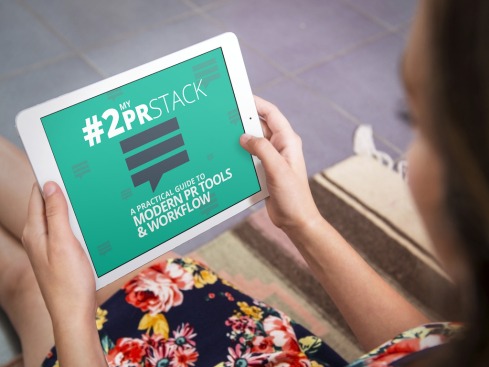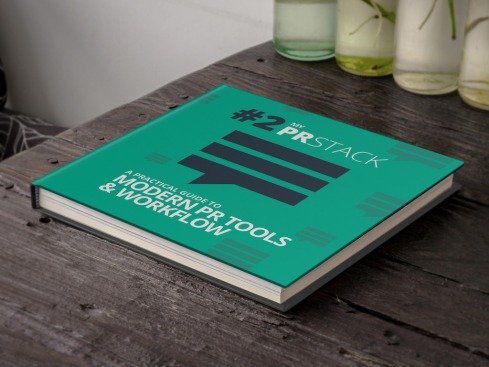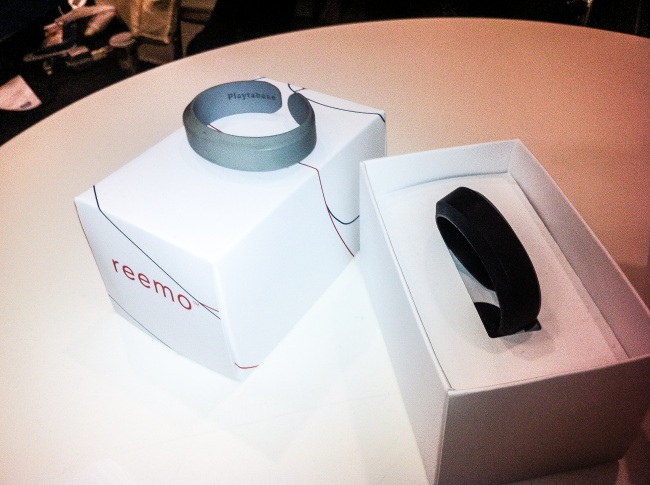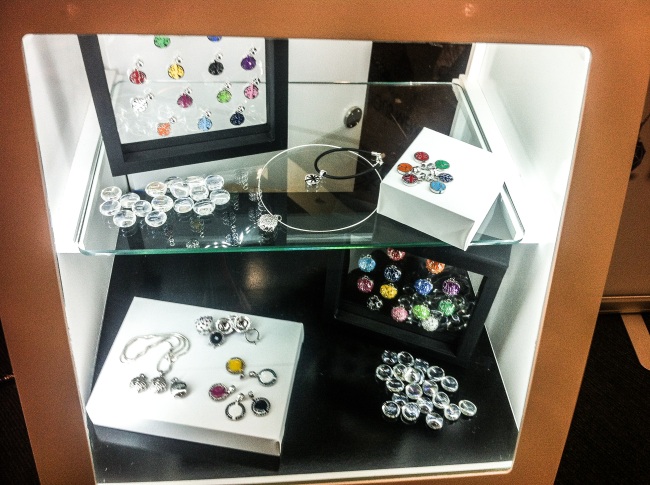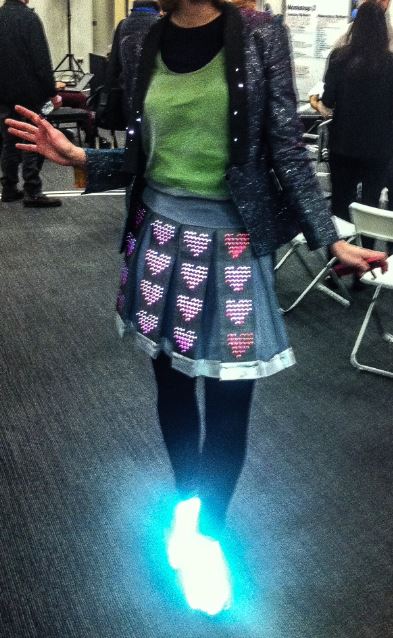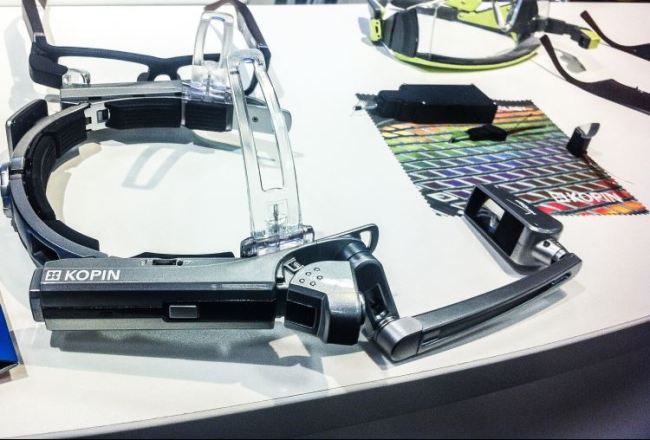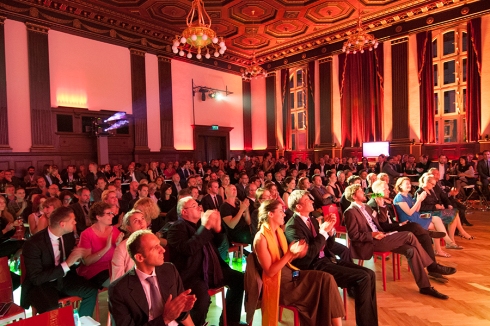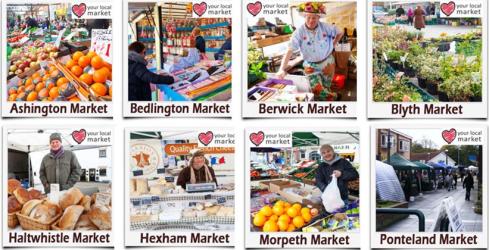So you graduated from your undergrad or just started a MA and you begin to realise how much of a competitive market this is.
Well hello there!
Don’t freak out – the market is much broader than you may originally think, if you are a dedicated and hard-working individual that is.
At work, like in life, there isn’t always time and space – but you can make time and create space. If you mean business, you will get business – as simple as that. But enough with the cliches.
I have been in comms for about 3 years now; I did start from scratch coming from a different country, where PR is sadly often linked to a club opening or free shots. However, I have been lucky enough to meet a lot of talented and supportive people along the way, who helped me realise what my dream was and pursue it.
In a nutshell, by no means an expert myself, I am just offering a few bits of advice which I thought you may find useful on your PR journey:
Seek experience
While still at uni, get as involved as you can with external and internal projects. Volunteer to participate to anything from online and print outlets, to ad hoc small projects within the university, the community etc. You would be surprised by the amount of opportunities which can pop up if you look around. A good starting point would be to ask at your university, and explore ideas you normally wouldn’t – even a journalism project can work wonders for your confidence, your CV and your writing skills. You can also ask for paid placements, which will also earn you a little extra something something to keep you – partially – financially supported.
You may do it for the sake of your CV at first, but you will eventually get the greatest sense of joy and personal fulfillment in the process, while helping others and building on strong connections.
Be curious
Use all existing support and resources. Your professors are -usually- great and supportive people who are there to help you and offer their wisdom. For me, luckily they were there to answer all of my – gazillion – questions. Don’t be afraid to ask – I’ve been asking so many questions that it was like a class joke, which I never minded.
I heard as a joke recently that there are no stupid questions, only stupid people – while I find this extremely funny and true at times, I was always a supporter of the notion that it’s better to seem stupid than ignorant; you may run the risk of being politely annoying, but you will also be memorable – which means you’re half way there.
Live & Learn
Yes, life-long learning is a thing. Don’t consider a degree your “get out of jail” card; it’s not a destination, just a stop of your journey. Take advantage of any opportunity that comes your way – lectures, webinars, events. For instance, there are many universities offering free online courses, such as Coursera etc. which can help you dig deeper in whatever it is that interests you.
Be relevant
Read; read online, offline, stay informed on topics you consider important and that you would like to work on. However, make sure to get all-rounded knowledge as well, which is an absolute must in our profession. You will find this particularly useful during job interviews as well. Research successful comms campaigns – what worked, what didn’t work, what inspired you.What’s in the news, how you can use existing knowledge to move ahead. There is no virgin birth if you ask me – we are all the combined effort of everyone and everything we’ve ever known, so don’t be afraid to use this as a starting point.
Be present online. Yes, you know you will eventually have to produce and share content on all platforms so it’s crucial that you familiarise yourself at least with Facebook, Twitter and LinkedIn. Social media and digital skills are completely transferable and are growingly not considered an advantage but a pre-requisite, so make sure you are on top of your game. A good starting point would be comms professionals and bloggers, such as http://wadds.co.uk/, http://adaywithoutoj.com/,
http://www.comms2point0.co.uk/ among others and media outlets.
Network, network, network
I find the UK a fair market – if you’re good, sooner than later you will be recognised. To put it simply, it’s not about who you know most f the times, however, it is always good to broaden your network as you never know who you may cross paths with. Someone may end up being a client, a colleague, a journalist. This will not help you get ahead; it will help you learn from others, meet like-minded people and may help you get a foot in the door – i.e. for a job opportunity or a reference.
Build your online community; start following people who you consider influencers online, try and get engaged in conversations, listen and learn. It’s like everything else – no one will will ask you to join their club, come up to you and ask to be friends or offer you a job out of nowhere. You will have to earn it, by putting yourself out there.
Industry bodies are always a good option to help you grow as a professional and network, such as CIPR and PRCA.
Last but not least, be memorable, be creative, be yourself.
Don’t think for once that you will have to change who you are to fit the industry. There will be a bunch of compromises to be made, but don’t let your talent get suffocated. You will not get to make the rules – at least not just yet, but as mentioned previously, you can bend them and make room for your aspirations if you work as hard.
Be polite; be respective; find your own style and pace to do things. There will always be someone more organised, or more creative, or more skilled on the phone. So what? Try and learn from them, and make that an incentive to get better – you will find your own way of delivering everything else in the process when working on your craft. Think of how you want to be perceived and be it.
* #iworkinpr is a pretty fun blog which can give you a taste of PR every day shenanigans – imagine it with the Benny Hill soundtrack on the background.
 #AIinPR group kicks off work with crowdsourced tool project
#AIinPR group kicks off work with crowdsourced tool project

